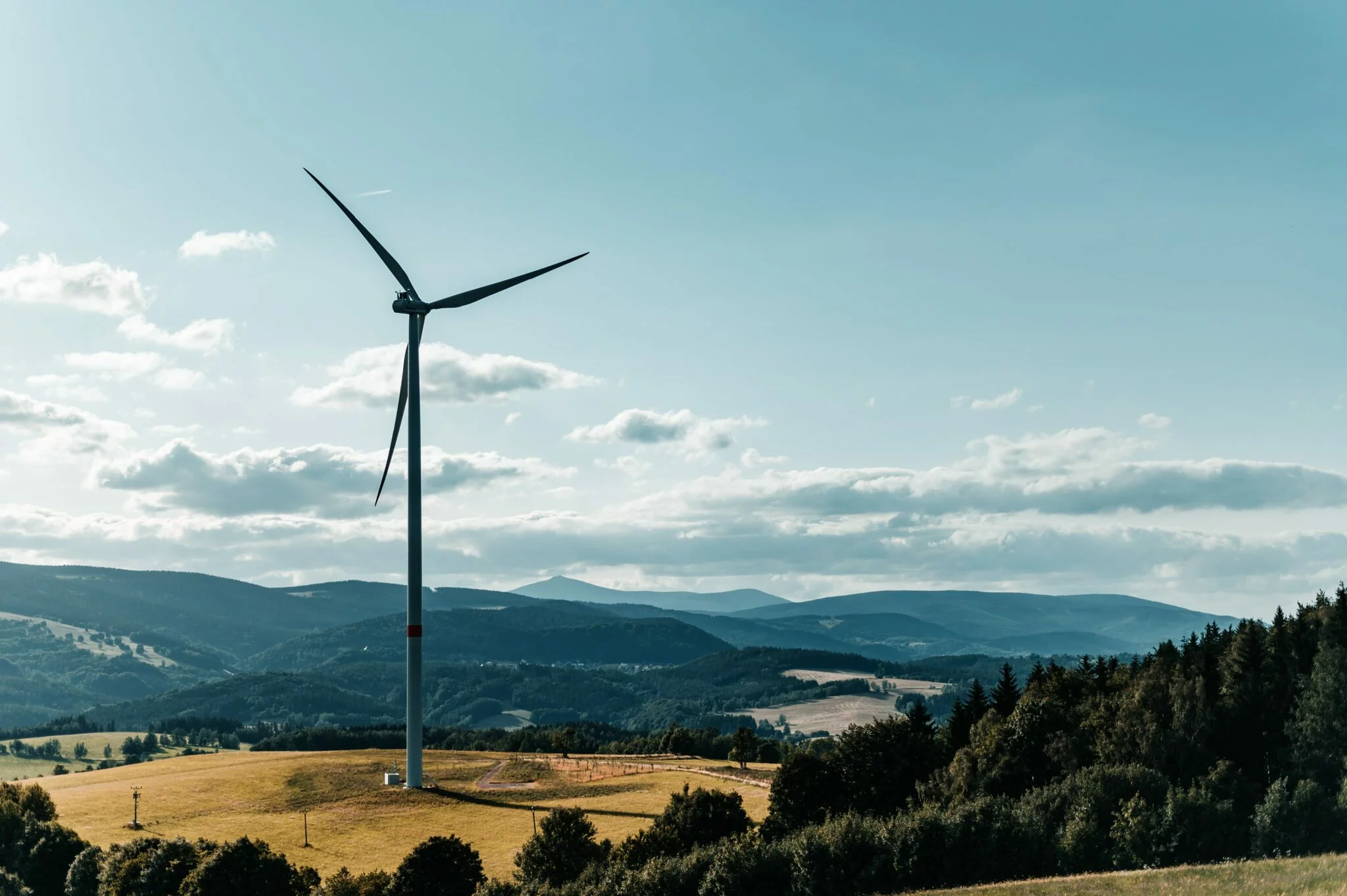In late April, US President Joe Biden convened 40 world leaders to “galvanize efforts” by the world’s major economies to tackle climate change, highlight economic benefits of early, “decisive” action, and catalyze global cooperation and ambition to “increase the chances for meaningful outcomes” at the Glasgow Climate Change Conference (COP 26) in the UK, slated to take place in November 2021.
STORY HIGHLIGHTS
- The Leaders Summit on Climate reconvened the US-led Major Economies Forum on Energy and Climate, whose 17 members are responsible for approximately 80% of global emissions and global GDP.
- The US presented its goal of reducing emissions by 50-52% by 2030 compared to 2005 levels, which is also reflected in the nationally determined contribution the US submitted to the UNFCCC on 21 April 2021.
- The US also announced a range of commitments to create jobs, mobilize finance, spur transformational innovations, conserve nature, build resilience, strengthen adaptation, and drive economic growth for communities.
The Leaders Summit on Climate took place in virtual format, from 22-23 April 2021. The two-day event included eight sessions:
- Raising our climate ambition;
- Investing in climate solutions;
- Adaptation and resilience;
- Climate action at all levels;
- Climate security;
- Nature-based solutions;
- Unleashing climate innovation; and
- The economic opportunities of climate action.
The Leaders Summit on Climate reconvened the US-led Major Economies Forum (MEF) on Energy and Climate, whose 17 members are Australia, Brazil, Canada, China, the EU, France, Germany, India, Indonesia, Italy, Japan, the Republic of Korea, Mexico, the Russian Federation, South Africa, the UK, and the US. Together, they are responsible for approximately 80% of global greenhouse gas (GHG) emissions and global gross domestic product (GDP).
MEF meetings had taken place periodically from 2009-2016. Following the Trump Administration’s announcement that the US would withdraw from the Paris Agreement, Canada, China, and the EU co-hosted five Ministerials on Climate Action (MoCAs) between 2017 and 2021.
In line with the key themes of the Summit, MEF participants, joined by the leaders of vulnerable countries and “countries charting innovative pathways to a net-zero economy,” leaders from international organizations, businesses, subnational governments, and indigenous communities, as well as representatives of youth, sought to “set the world up for success” in this decade.
Pledges of the Leaders Summit included:
- Galvanizing efforts by the world’s major economies to reduce emissions by 2030 to keep the 1.5°C temperature goal “within reach”;
- Mobilizing public and private sector finance to drive the net-zero transition and to help vulnerable countries cope with climate impacts;
- Emphasizing the economic benefits of climate action, including job creation to ensure that all workers benefit from the transition to a clean energy economy;
- Spurring transformational technologies that can help reduce emissions and adapt to climate change, while creating new economic opportunities and building the industries of the future;
- Showcasing subnational and non-state actors committed to green recovery and “an equitable vision” for limiting warming to 1.5°C and promoting resilience; and
- Discussing opportunities to strengthen capacity to protect lives and livelihoods from the impacts of climate change, address the global security challenges posed by climate change, and address the role of nature-based solutions in achieving net-zero emissions by 2050.
During the Summit, the US presented its goal of reducing emissions by 50-52% by 2030 compared to 2005 levels, which is also reflected in the nationally determined contribution (NDC) the US submitted to the UNFCCC on 21 April 2021, after rejoining the Paris Agreement.
Pledges offered by other global leaders included:
- Japan will cut emissions 46-50% below 2013 levels by 2030, “with strong efforts toward achieving a 50% reduction” (its previous goal was 26%);
- Canada increased its previous target to reduce emissions 30% below 2005 levels by 2030 to a 40-45% reduction from 2005 levels by 2030;
- Argentina will strengthen its NDC, deploy more renewables, reduce methane emissions, and end illegal deforestation;
- The UK will embed in law a 78% GHG reduction below 1990 levels by 2035;
- The European Union is embedding in law a target of reducing net greenhouse gas emissions by at least 55% by 2030 and a net zero target by 2050;
- The Republic of Korea, which will host the 2021 P4G Seoul Summit in May, will terminate public overseas coal finance and strengthen its NDC this year to be consistent with its 2050 net zero goal;
- China will join the Kigali Amendment, strengthen the control of non-CO2 greenhouse gases, strictly control coal-fired power generation projects, and phase down coal consumption;
- Brazil committed to achieve net zero by 2050, end illegal deforestation by 2030, and double funding for deforestation enforcement;
- South Africa will strengthen its NDC and shift its intended emissions peak year ten years earlier to 2025; and
- Russia called for international collaboration to address methane.
Addressing participants, UN Secretary-General António Guterres called for a “decade of transformation” and for “concrete proposals” to ease access to greater finance and technological support for the most vulnerable countries to be tabled before COP 26.
To demonstrate leadership and “rally the rest of the world to step up,” the US announced a range of commitments to create jobs, mobilize finance, spur transformational innovations, conserve nature, build resilience, strengthen adaptation, and drive economic growth for communities. “[T]hose [countries] that do take action and make bold investments in their people and clean energy future will win the good jobs of tomorrow, and make their economies more resilient and more competitive,” Biden stated in his opening remarks.
Pledges by the United States include:
- Launching a Global Climate Ambition Initiative to support developing countries in establishing net-zero strategies, implementing their NDCs and national adaptation strategies, and reporting on their progress under the Paris Agreement;
- Setting benchmarks for climate investments at the US International Development Finance Corporation (DFC);
- Scaling up international financing to address climate needs by doubling by 2024 the US’ annual public climate finance to developing countries relative to the average level during the second half of the Obama Administration;
- Launching an international dialogue on decreasing fiscal climate risk through national budgets;
- Establishing a Net-Zero Producers Forum, with Canada, Norway, Qatar, and Saudi Arabia, together representing 40% of global oil and gas production;
- Establishing a US-India Climate and Clean Energy Agenda 2030 Partnership;
- Supporting ambitious renewable energy goals and pathways in Latin America and the Caribbean through scaled-up technical assistance to countries participating in the Renewable Energy for Latin America and the Caribbean (RELAC) regional initiative, led by Colombia, Chile, and Costa Rica, to increase renewable energy capacity to at least 70% by 2030; and
- Supporting clean energy mineral supply chains through the Energy Resource Governance Initiative (ERGI), founded by Australia, Botswana, Canada, Peru, and the US to help build sustainable supply chains and promote sound sector governance for the minerals vital to technologies powering the energy transition.
Other US initiatives announced at the Summit focus on revitalizing the transport sector, building workforces for the future and ensuring US competitiveness, promoting innovation to bring clean technologies to scale, providing support for vulnerable countries to adapt and build resilience to the climate crisis, implementing nature-based solutions, promoting safety and security at home and abroad, and supporting action at every level through an “all-of-society” response to climate change.
Additional Resources
- [About the Leaders Summit on Climate]
- [Summary of Proceedings]
- [Leaders Summit on Climate Fact Sheet]
- [White House Release on Biden Inviting 40 World Leaders to Leaders Summit on Climate]
- [UNFCCC Press Release]
- [UN News Release]
This article was originally shared by the IISD SDG Knowledge Hub.






